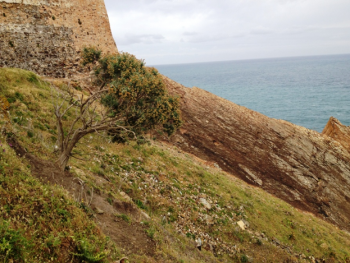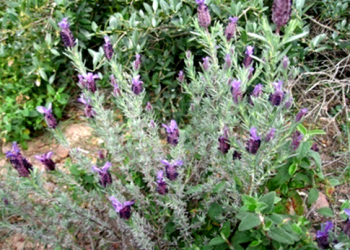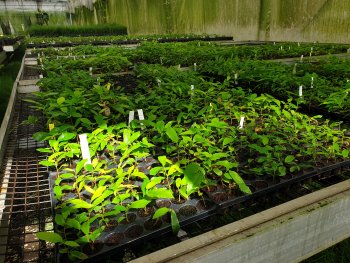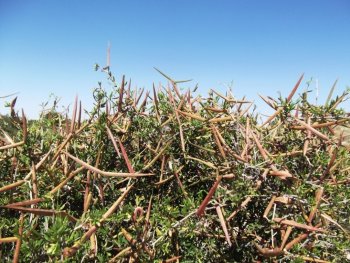A practical guide to seed multiplication of Anthyllis barba-Jovis L.
Anthyllis barba-jovis is a rare evergreen shrub belonging to the family of Fabaceae and could be found in different habitats, especially along steep rocky cliffs. It is an endemic species originating from the west-central regions of the Mediterranean basin. It’s located in France, Italy, Croatia, Algeria, and Tunisia and grows on low altitudes of the Mediterranean littoral rocks. The main objective of this work is to control the seed propagation techniques of Anthyllis barba-Jovis L.




